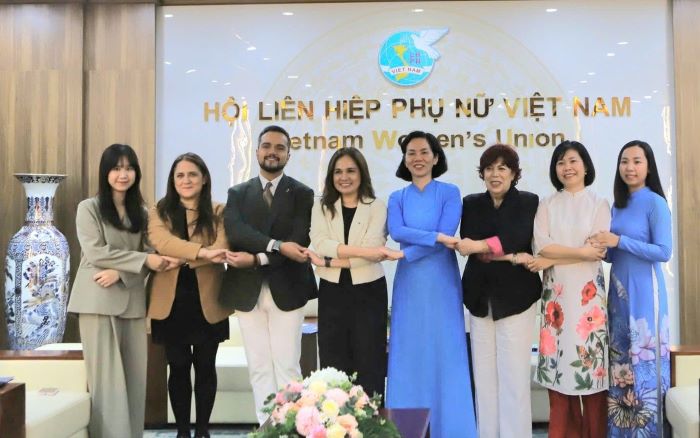Ho Chi Minh City: 10-year journey for the poor
In his spacious house, Nguyen Van Tu, a 55-year-old farmer in hamlet 3, Tan Nhut commune, Binh Chanh district was so moved as saying that: “Now living in such a spacious house, no one could believe that ten years ago I had to starve myself to feed my children. Thanks to the city’s programme ‘For the Poor’, I now have this spacious house.” In the past ten years, Tu grew rice to feed his six children, but his family was still underfed. In 2001, he was given a loan from the Fund for the Poor which he used to raise fish, ducks and pigs. Now, he can earn tens of millions of Vietnamese dong each year from the 5,000 sq.m-fishpond that has helped him build a spacious house. His family has escaped from poverty and he has also showed other needy neighbours how to improve their businesses.
In the year 2001,
In response to the ‘Day for the Poor’ movement launched by the Vietnam Fatherland Front (VFF) in April, 2001, Ho Chi Minh City’s Party Committee launched the movement ‘For the Poor’ while simultaneously establishing a Mobilisation Board for the poor and a Fund for the Poor in order to call on all the people to take care of these underprivileged people.
To effectively assist the poor, they conducted surveys in local areas to collect the local people’s opinions. Based on this, they set up detailed plans to allocate budgets to build infrastructure, houses and provide jobs to poor people. The Mobilisation Board for the Poor, by various ways, has called on people from all walks of life to help needy families to overcome their difficulties. The Mobilisation Board for the poor at the municipal level has raised VND 250.9 billion for the poor and the Mobilisation Boards at district and precint level has mobilised VND 490.2 billion to support the poor not only in their own localties but also in other local areas. Many other city-based organisations and trades unions, have also positively responded to the VFF’s initiative and called on their members to donate money to the poor.
Over the past ten years, the city has built 2,300 houses for social‘policy beneficiary’ families and 21,700 houses for the poor. About 7,000 needy households were equipped with electricity meters and water meters and 18,430 households were funded to build bathrooms and toilets. Also, 10,000 social houses of the poor were upgraded.
In addition, the city’s Fund for the Poor has presented over 300,000 scholarships and 8,000 bicycles to poor students with good academic results. Such practical assistance has helped prevent many poor students from leaving school and facilitated them to complete their schooling and find a job. With a total of VND 671 billion from the fund, thousands of poor households were given loans to start businesses, offered health insurance, presented with gifts during national holidays and given aid to cope with difficult situations.
Since 2001, the city has allocated VND 309 billion to build 322 roads; build concrete bridges to replace bamboo ones and repair and build health stations, schools, markets and cultural houses in 20 poor suburban communes. Such investment has brought about practical effects. Each year, tens of thousands of poor households have escaped from poverty.
As of 2008, the city’s programme (the second phase) on hunger elimination and poverty reduction had been fulfilled which eliminated poor households with the average income of VND 6 million per capita per year or less. They also began the third phase of the programme with the target of increasing the number of households with the average income of VND 12 million per capita per year.
By the end of 2010, over 15,000 households have escaped from poverty, bringing the rate of poor households to 6.6% of the whole city’s population. Particularly, in 2010, 325 households in Tan Nhut commune, Binh Chanh district got rid of poverty (the third phase of VND 12 million or less) and about 100 other households achieved an income of over VND 10 million per capita. The living conditions of needy people, especially those in remote and rural areas have been improved considerably thanks to the city’s policies.
With great determination and compassion for the poor, it is certain that
Xuan Hung







